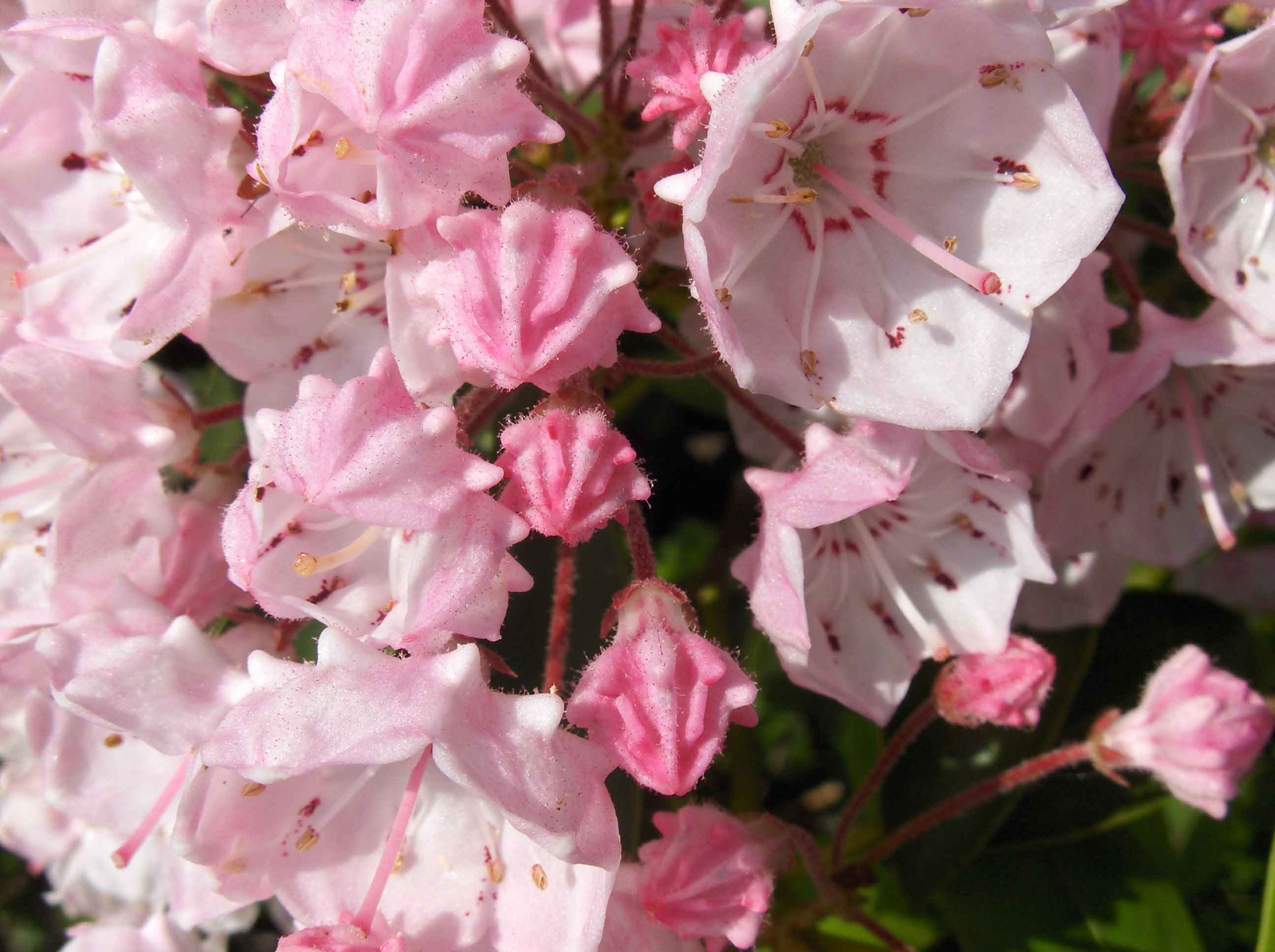describe and identify from a living
plant the following structures:
Stem, Leaf, Bud, Root,
Node, Lenticle, Bract, Leaf Parts
(Blade, Petiole, Midrib, Stipule), Leaf
Veination (parallel, pinnate, reticulate),
Leaf Margins (Smooth,
Dentate, Serrate, Lobed Crenate), Leaf Arrangements
(Alternate, Opposite, Whorled, Simple, Compound, Palmate,
Pinnate, Bipinnate), Leaf Shapes (Elliptical,Obovate),
Leaf Tip Shapes (Acute,
Accuminate), Flower Types (Complete,
Incomplete, Perfect, Imperfect), Flower Parts
(Receptacle, Perianth, Calyx - Sepal, Corolla - Petal,
Stamen, Anther, Filament, Pistil, Stigma, Style, Ovary, Carpel [Simple,
Compound]), Flower Shapes (Radial,
Bilateral [Zygomorphic], Superior,
Inferior), Fruit Types (Drupe,
Berry, Hesperidium, Pepo, Pome, Aggregate, Multiple, Samara, Nut, Grain,
Achene, Capsule, Silique, Legume, Follicle)
